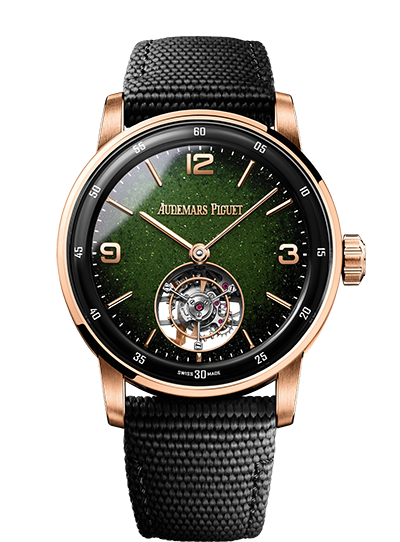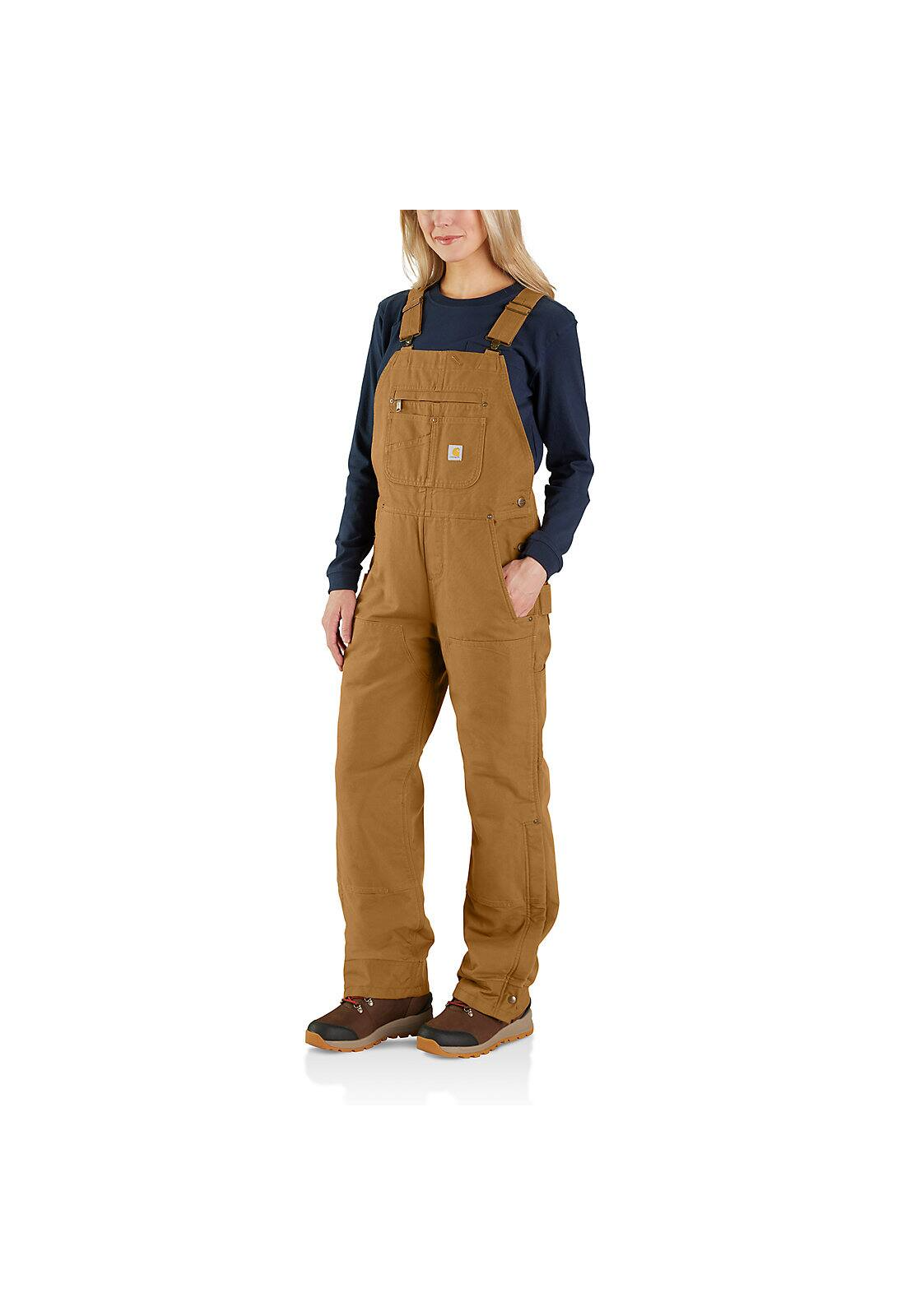Luxury Spending and Buyer Power
This week, I read this article on WSJ: https://www.wsj.com/business/retail/some-luxury-goods-had-a-better-christmas-than-others-973d5d3d?mod=retail_news_article_pos5
The article states that luxury goods that were marketed to the wealthiest customers did better in the 4th quarter of 2023 than other, more accessible luxury goods. This is interesting to me because theoretically, all luxury goods are very elastic. When there is a contraction in spending, the first place to cut would be unnecessary items like expensive watches.
But, the article also points out that the wealthiest only decreased their luxury spending by 3%. Thinking about this, it makes sense. The more a family's income is, the less their luxury items are as a percent of their annual expenditures. So, purchasing a $15,000 watch on a $100,000 annual income is a significant portion of total budget, but that's not the case for someone making $500,000 per year.
The article didn't relate this to income inequality, but that's what I thought of next. As more capital is concentrated in fewer hands, it would make sense that high-end luxury items will continue to do well, as they are still in demand by the few who can afford them, and their high price points aren't a barrier to those customers. However, as inequality continues to worsen, and as prices for basics like groceries remain high, it will be interesting to see whether this trend continues.
In the Porter's 5 Forces Model, Porter suggests that the presence of rival firms decreases profitability. In this case, I wonder whether legacy brands like Rolex or other traditional and well-known luxury brands will do well, or whether the introduction of newer luxury brands (especially "quiet luxury" brands like The Row) will create competition in these markets. When income inequality rises, it may become less beneficial for the wealthy to display their wealth with logos and traditional markers of wealth. Instead, the "if you know, you know" brands might begin to increase their market share.
As a final note, if this article is a harbinger of things to come, I would expect accessible luxury brands like Tory Burch, Kate Spade and others to do poorly this year or offer additional discounts to continue to appeal to middle-class shoppers.



Comments
Post a Comment